#11th century bc
Photo
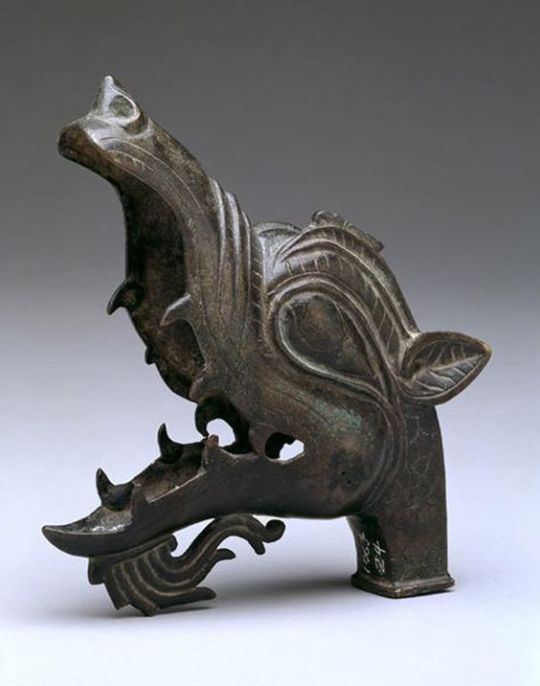
Dragon head finial, 11th-14th century, Iran
#finial#dragon#metalwork#11th century bc#12th century bc#13th century#14th century#renaissance#iran#persia#middle east
1K notes
·
View notes
Text
David and Solomon’s Biblical Kingdom May Have Existed After All, New Study Suggests - Archaeology - Haaretz.com
https://www.haaretz.com/archaeology/2023-11-15/ty-article/david-and-solomons-biblical-kingdom-may-have-existed-after-all-new-study-suggests/0000018b-cddd-d518-a39b-fffd773b0000
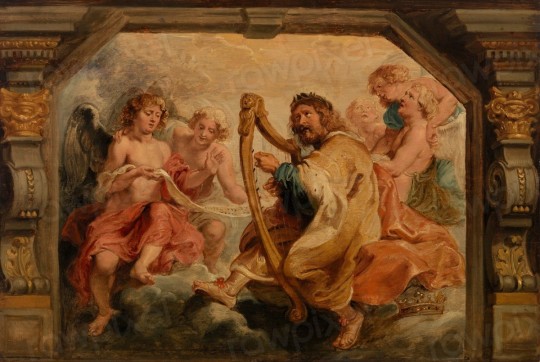
View On WordPress
#10 century BC#10th century BC#11th century BC#1300 BC#13th century BC#1960s#1990s#900 BC#925 BC#9th century BC#Aramean#Assyrian#bible#Bronze Age#Canaan#Canaanite#Circa 950 BC#Damascus#Egypt#Gath#Gezer#Hazael#Hazor#I Kings 9:16#Iron Age#Iron Age IIA#Israel#Israel Stele#Israelites#Jerusalem
0 notes
Text
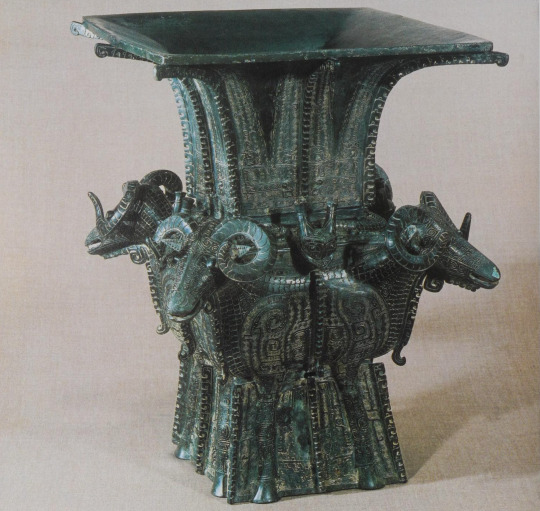
Zun vessel with ram and snake decoration, Shang dynasty (12–11th century BC). Likely of provincial origin, China.
"These rams' heads or snakes' heads with horns, as well the legs of the vessel, were made separately and then incorporated or cast into the original model. The ram's head (zun) with four horned heads separated by dragons' heads, today in the historical museum of Beijing, required 21 individual steps from the casting of its parts through to completion."
From "The Art of East Asia" by Gabriele Fahr-Becker, published in 2006.
1 note
·
View note
Text







Women in History Month (insp) | Week 4: Dynastic Daughters
#historyedit#perioddramaedit#women in history#women in history month challenge#my edits#mine#marie anne de bourbon-conti#princess hexiao#hanzade sultan#caroline bonaparte#marie-thérèse-charlotte de france#princess fukang#gorgô of sparta#french history#chinese history#ancient greece#17th century#18th century#19th century#11th century#6th century bc#5th century bc
155 notes
·
View notes
Text
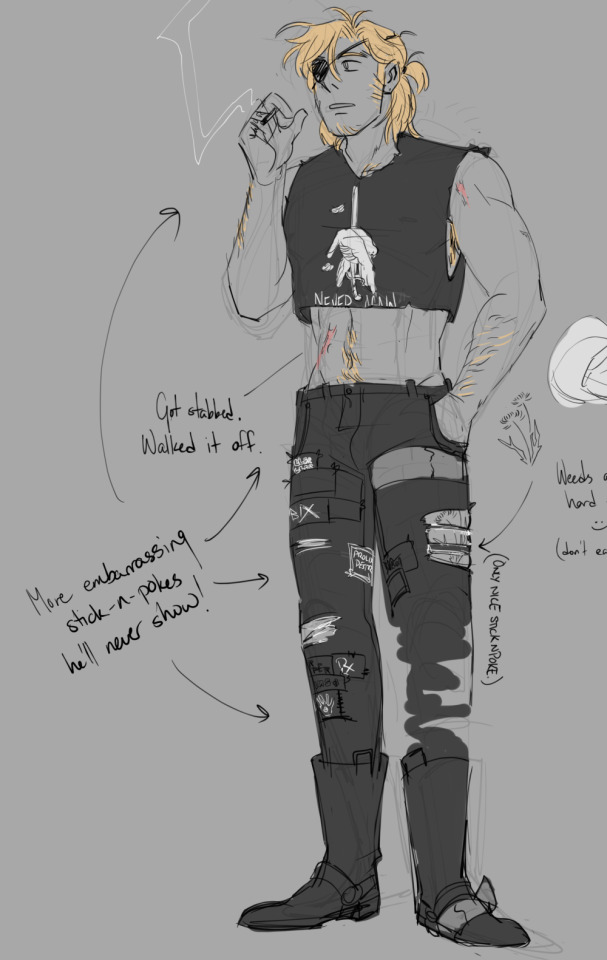

you can leave the trainhopping and poor handle on your psychological state in your past but the same can't be said about all the godawful stick-n-pokes you have to hide at your internship now
modern dimimi's a former lacrosse-n-polo kid turned train hopping crustie turned Respectable Crust Punk of Society (bathes, has a shrink). don't make the rules, just know things.
#dimitri alexandre blaiddyd#fe3h#dimitri fire emblem#spx fanart#spx femblem#spx chicken scratch#spx digishit#spx art#while I MYSELF am not a crustie I certainly share public spaces with them#and I certainly share music taste with them to some extent#and dimitri is 150% not emo or goth or met--no this dude is a punk. 'I've been many places and seen many th--' yeah bc you hop trains#and hang out in rotted out buildings and people keep trying to Get Your Ass bro you are just an 11th century crustie#the nerves in my arm are fuckt but he'll show up in proper drawings at some point bc I have not been able to stop thinking about this#since it hit me in the fuckign head like ten months ago
186 notes
·
View notes
Note
I am greatly enjoying leaving Unhinged Medievalist(tm) comments on your LOTR posts even though I've never actually read it lol.
(I tried once when I was 10 and bounced off it and you're actually making me want to try again!)
tbh enjoying your (High) Medieval additions so much!! No one expects the Danelaw! what is purgatory, precious?! and many more great hits!
It would be hilarious if my read-thru (spurred on by Stranger Things Eddie Munson) got you trying them again. life is a rich tapestry etc.
#astro lotr#for those confused about the purgatory joke purgatory was not invented until idk sometime after the 11th century#you will have to ask a high medievalist when bc i sure don't know
16 notes
·
View notes
Text
Dante Alighieri when figuring out how he wanted to include his mentor, who shaped his ability to write, in his self-insert fanfiction:

#guess what im reading in english lit#dante was like yea sure this man gave me all the tools i needed to be the author i am but he was also Gay#so into the 7th circle of hell he goes#i think its hilarious how he made virgil his guide it was like the one direction fanfic of the 11th century#only its#i got to go look at hell and my favorite author ever was chosen to guide me bc of how cool i am#image described
5 notes
·
View notes
Text
ok but that feel when you're doing more research and realise something you previously wrote actually works SO WELL in the wider historical context? divine.
#lunie blabbers#me: haha a bishop is mad at port bc he thinks he's meant to be more than a county and points to coimbra to prove it#actual historian josé mattoso: ''coimbra's diocese was mad at portucale's diocese bc it took over some of its territory and#clergymen stubbornly referred to portucale and coimbra as separate territorial units despite portucale already being used as an umbrella te#term* for that entire area as early as 1098''#in other news dates set in the 11th century onwards don't even seem old to me anymore#a text says 15th century and i think wow that sure is recent
3 notes
·
View notes
Text



Turqouise inlaid bronze dagger axe (ge), China, Late Shang Dynasty 12th-11th century BC
from Sothebys
4K notes
·
View notes
Photo

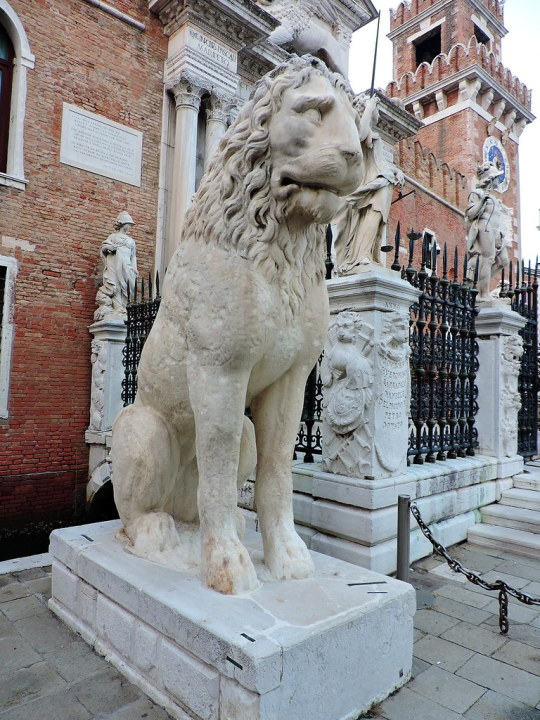
The Parthenon marbles this, the Parthenon marbles that...
I don´t know how known the extent of Greek antiquity looting by West Europeans is to most people or most have a limited image painting the British Museum or Lord Elgin as the sole / main villain.
Here we have the Piraeus Lion (Italian: Leone del Pireo) , one of the four lions decorating the Venetian arsenal in Italy. The prominence of the 3 meter tall lion statue in the port is such that it is also known as Porto Leone ("Lion Port").
We are eternally thankful for the massive courtesy of calling the statue the Piraeus Lion, indicating its origin from Piraeus, the port city of Athens. The statue was sculpted around 360 BC and remained a famous landmark of Piraeus, Athens until 1687.
In 1687, it was looted by Venetian naval commander Francesco Morosini, the man also notoriously responsible for the bombardment of the Parthenon during the wars of the Venetians with the Ottoman Turks, therefore in fact the most irreversible destruction it suffered in its 2,500 year long history. Somehow they were fighting the Turks but it was the Greeks paying for it.
Is it totally and universally acknowledged that Morosini illegally looted this sculpture among so many others? Yes. Does the Piraeus Lion still sit casually in the Venetian port in 2024 as if Venice has a shortage of artefacts to decorate itself with? Also yes. Meanwhile, the Greeks have to limit themselves to a replica in the Piraeus Archaeological Museum.
The Horses of Saint Mark in Venice are also Greek artefacts, this time looted from Constantinople during the crusades, although their original display was in Chios island. Another thing little known is how many ancient and medieval Greek artefacts were looted from the Eastern Roman / Byzantine Empire because people tend to focus on classical antiquities looted in the 19th century.
[Fun fact: The Piraeus Lion has runic inscriptions carved by Swedes in the 11th century. These were either Viking explorers or Varangian mercenaries of the Byzantine Empire.]
#greece#europe#greek culture#ancient greece#western appropriation#crusades#antiquity looting#ancient greek statues#piraeus lion#venice
117 notes
·
View notes
Photo
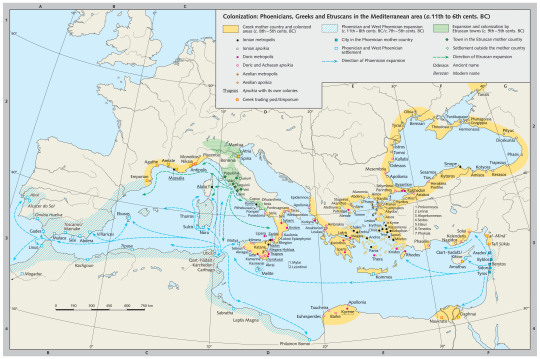
Phoenician, Greek, and Etruscan colonization in the Mediterranean, 11th-6th century BC.
124 notes
·
View notes
Text

Wine container, 11th century BC-10th century BC, China.
77 notes
·
View notes
Text

Pythia: Oracle and High Priestess of Delphi
Talon Abraxas
Situated on the south-western spur of Mount Parnassus in the valley of Phocis, Delphi was associated with the Greek god Apollo. According to legend, the hill was guarded by a giant serpent called Python, who was a follower of the cult of Gaia (Earth), for hundreds of years. After killing Python, Apollo claimed Delphi as his own sanctuary.
Perhaps this legend was a reflection of actual events. During the Mycenaean period (14th-11th centuries BC), there were small settlements in Delphi dedicated to the Mother Earth deity. Subsequently, the worship of Apollo was established between the 11th and 9th centuries BC. By the 8th century BC, Delphi was already renowned internationally for the prophetic powers of the Pythia. Yet, it was only in the following century that the Oracle became a Panhellenic institution, when Apollo’s advice was sought by the Greek cities on important matters of state.
Pythia was the name given to any priestess throughout the history of the Temple of Apollo at Delphi. The priestess was a woman over 50 years of age who lived apart from her husband and dressed in maiden’s clothes. According to Plutarch, who once served as a priest at Delphi, the Pythia first enters the inner chamber of the temple ( Adyton). Then, she sits on a tripod and inhales the light hydrocarbon gasses that escape from a chasm on the porous earth.
43 notes
·
View notes
Text

Head of the God Amun
Ca. 1336–1327 B.C.
New Kingdom, post-Amarna Period.
From Upper Egypt, Thebes; From Egypt.
Amun was a major ancient Egyptian deity who appears as a member of the Hermopolitan Ogdoad. Amun was attested from the Old Kingdom together with his wife Amunet. With the 11th Dynasty (c. 21st century BC), Amun rose to the position of patron deity of Thebes by replacing Montu.
After the rebellion of Thebes against the Hyksos and with the rule of Ahmose I (16th century BC), Amun acquired national importance, expressed in his fusion with the Sun god, Ra, as Amun-Ra (alternatively spelled Amon-Ra or Amun-Re).
Amun-Ra retained chief importance in the Egyptian pantheon throughout the New Kingdom (with the exception of the "Atenist heresy" under Akhenaten). Amun-Ra in this period (16th to 11th centuries BC) held the position of transcendental, self-created creator deity "par excellence"; he was the champion of the poor or troubled and central to personal piety. With Osiris, Amun-Ra is the most widely recorded of the Egyptian gods.
As the chief deity of the Egyptian Empire, Amun-Ra also came to be worshipped outside Egypt, according to the testimony of ancient Greek historiographers in Libya and Nubia. As Zeus Ammon and Jupiter Ammon, he came to be identified with Zeus in Greece and Jupiter in Rome.
#Head of the God Amun#Ca. 1336–1327 B.C.#New Kingdom post-Amarna Period#granodiorite#sculpture#egyptian sculpture#ancient artifacts#archeology#archeolgst#history#history news#ancient history#ancient culture#ancient civilizations#ancient egypt#egyptian history#egyptian art
141 notes
·
View notes
Photo

The Akhekh [Egyptian mythology]
Frequently called a griffon or a dragon in modern times, Akhekh is a creature with 4 legs and 2 additional wings. It has the body of an antelope with the head of a hawk. Three cobras sit on its head at all times, though I noticed modern illustrations often tend to forgo many of these details in favour of a more traditional griffon or dragon design.
In Egyptian mythology, Akhekh is heavily associated with the god Set. This creature is also connected with darkness and evil in particular, so it seems to have a decidedly negative connotation. Since the name ‘Akhekh’ is often translated directly to ‘griffon’, I take this to mean Akhekh was the name of a species with multiple individuals rather than a singular creature, though I am not entirely certain about this.
In the New Kingdom of Egypt (16th – 11th century BC), the Akhekh was said to make a loud, booming roar. It was also incredibly fast. Also note that during this period, the Akhekh had the head of a vulture rather than an eagle.
The Akhekh is not to be confused with Akhekhi, a being from ancient Egyptian mythology who guards the twelfth gate of the underworld alongside Pai.
Sources:
Lefébure, E., 1903, La vertu du sacrifice funéraire (ancient et moyen Empire égyptien), I: La Barque, le Griffon, L’offrande, Sphinx: revue critique embrassant le domaine entire de l’égyptologie, 7, pp. 185-209.
Remler, P., 2010, Egyptian Mythology from A to Z, Infobase Publishing, 233 pp.
Brown, R., 1883, Remarks on the Gryphon, Heraldic and Mythological, Archaeologia, 48(2): pp. 355-378.
Hincks, E., 1847, An attempt to ascertain the number, names, and powers, of the letters of the hieroglyphic or ancient Egyptian alphabet, M. H. Gill, 103 pp.
Leibovitch, J., 1958, Le Griffon d’Erez et le sens mythologique de Némésis, Israel Exploration Journal, 8(3): pp. 141-148.
(image source: Tapaz Drachen)
99 notes
·
View notes